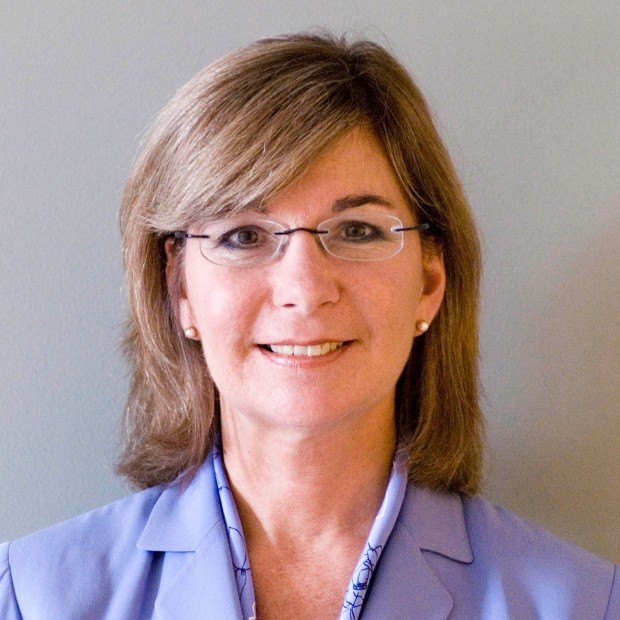For the past two decades, insurers and reinsurers have licensed catastrophe models from AIR, RMS and EQECAT, and each vendor model came with its own front and back end to handle the model input and output. Today, CEOs of companies with catastrophe exposure are likely hearing about newer technology such as multimodel platforms, open source and open platforms.
Executive Summary
Addressing insurer and reinsurer needs for more model choice, as well as greater transparency and efficiency, catastrophe modeling firms are changing their platforms—but they're not all doing it the same way. Here, catastrophe risk expert Karen Clark explains the differences.These technology changes are being driven by market demand for greater transparency, flexibility and efficiency with respect to catastrophe modeling processes.
While the traditional vendor models have served the industry well over the past 25 years, sophisticated insurers and reinsurers now want models and modeling processes that are more open and in line with today’s technology. Because the license fees from the model vendors continue to increase, companies are also looking for cost-effective solutions.


































